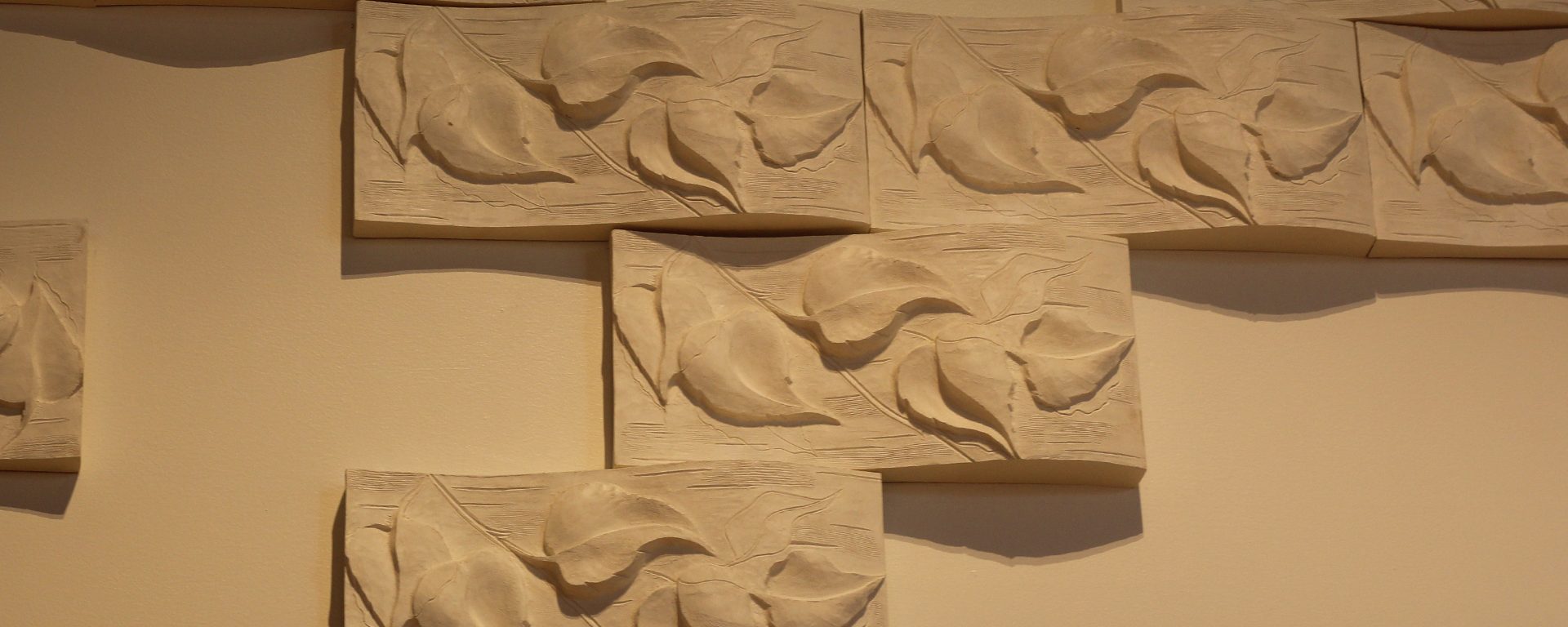Every child is different and has their own unique experiences, preferences, challenges, and personality traits. That is why certain learning philosophies and classroom environments tend to have a deeper impact for certain children. As a parent, you want to ensure your child is in a learning environment that facilitates growth and inspiration. That is why so many parents are now looking to Reggio Emilia schools, where children’s curiosity, passion, creativity, and exploration, are at the heart of the classroom philosophy.
What is the Reggio Emilia philosophy?
In order to understand how a Reggio Emilia classroom works, we need to take a step back and define the Reggio Emilia learning approach. Reggio Emilia is an educational philosophy focused on early childhood education and experiential learning. Per the Reggio Emilia philosophy, children are in control of their own learning and exploration. Emphasis is placed on the child’s “voice,” actions, passions, and wonder as they self-direct their own learning to understand the world around them. In the Reggio Emilia classroom, educators are encouraged to observe, listen, and provide their students with the space, time, and materials needed to express themselves and actively engage in their education.
The Reggio Emilia philosophy emphasizes the use of the “hundred languages of children,” which can include writing, drawing, building, sculpting, and dramatic play. These languages are how children interact and create experiences, individually and with other students, allowing them to grow within their learning environment.
How is the Reggio Emilia philosophy enacted in the classroom environment?
In a traditional classroom setting, it is very teacher-centric, and teachers lead the class with a particular, predetermined curriculum. The Reggio Emilia philosophy, however, puts the child in control, so the classroom is child-centered where the teachers and children are working together in learning. Most traditional classroom environments follow repetitive schedules and routines, however, in a Reggio Emilia environment, each day can be different depending on the children’s interests and interactions.
The classroom itself is seen as the “third teacher” in the Reggio Emilia philosophy, and is extremely important in facilitating exploration, discovery, and research in the classroom. Reggio Emilia teachers tend to avoid purchasing plastic generic toys. Instead, they will use sensory and natural materials for children to interact with, such as buttons, shells, rocks, and wooden blocks. These sensory and natural materials engage senses and stimulate learning and the ability to revisit memories in the classroom and beyond.
How can the Reggio Emilia philosophy benefit young children?
The Reggio Emilia philosophy can have many positive benefits for young children. One benefit in particular, is that this approach allows children to build confidence. By putting children in charge of their own learning, they let their imaginations take them to new heights. In a Reggio Emilia environment, children are encouraged to speak with all of their languages, which in turn empowers their imaginations, builds their confidence in themselves and encourages them to take more interest in their own education.
If you think that your child may benefit from the Reggio Emilia philosophy and classroom environment, then Riverside Magnet School at Goodwin College could be the perfect fit. Riverside serves students from all over Connecticut ranging from 3 years old through grade 5. Attend a parent information session today to learn more.
Goodwin University is a nonprofit institution of higher education and is accredited by the New England Commission of Higher Education (NECHE), formerly known as the New England Association of Schools and Colleges (NEASC). Goodwin University was founded in 1999, with the goal of serving a diverse student population with career-focused degree programs that lead to strong employment outcomes.

